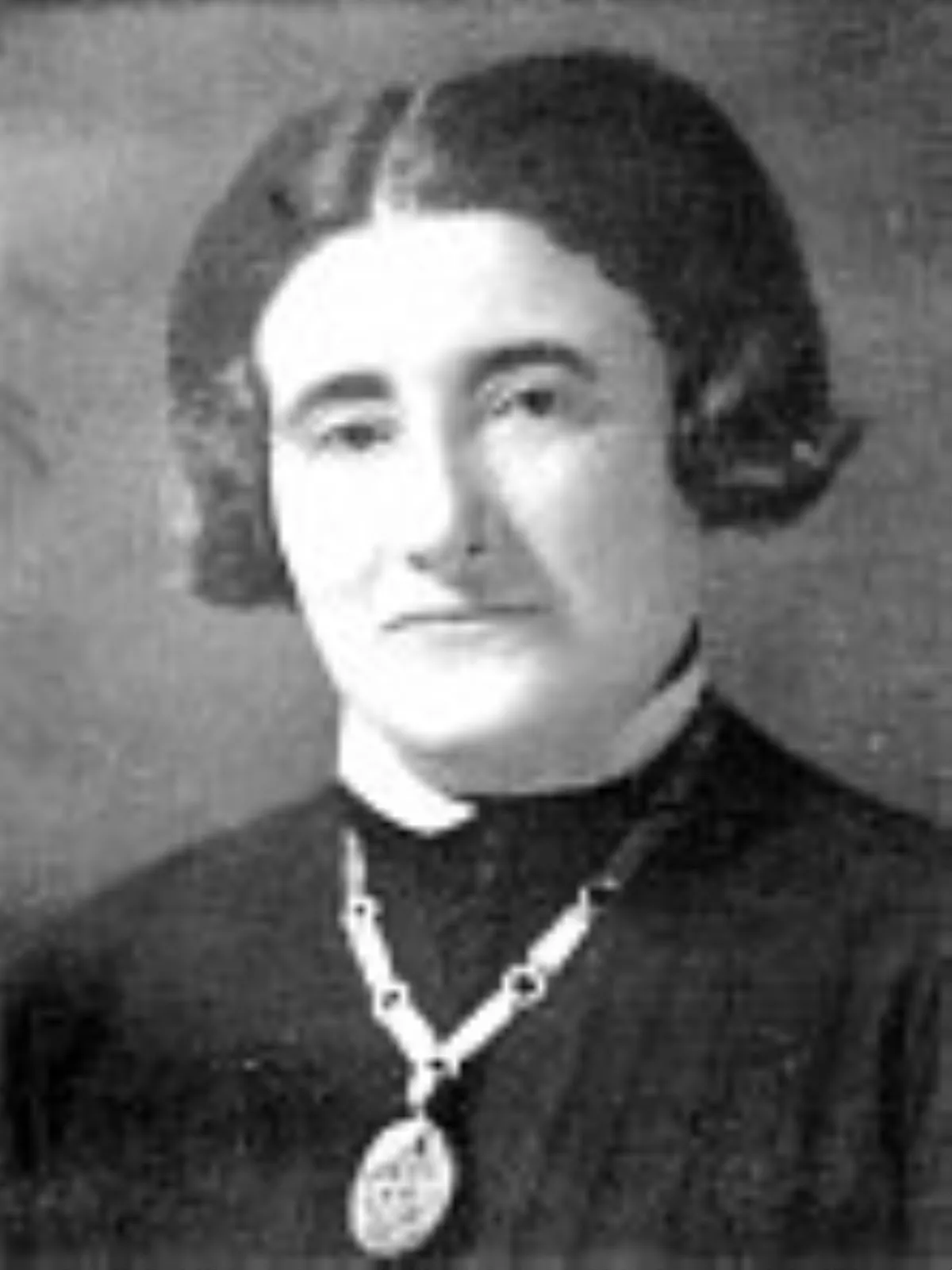 1.
1. Betty Heimann was the first woman Indologist to habilitate in Germany.

 1.
1. Betty Heimann was the first woman Indologist to habilitate in Germany.
Betty Heimann is included with early pioneers of comparative philosophy.
Betty Heimann was the youngest of six children of Isaac Heimann and his wife Margarethe Heimann.
Betty Heimann's mother was noted for her beauty and was a leader of turn-of-the-century Hamburg society.
Betty Heimann immediately began the study of classical philology, Indian philology and philosophy at the Christian-Albrechts-Universitat zu Kiel.
From 1919 to 1921 Betty Heimann continued her studies, specializing in Indian philosophy and Sanskrit.
Betty Heimann's teachers included Hermann Oldenberg at the University of Gottingen, Hermann Jacobi at the University of Bonn, and Sten Konow at the University of Hamburg.
Betty Heimann accepted a position as an assistant and librarian to the professor of classical Semitic studies in Kiel from 1921 to 1923.
Betty Heimann moved to the Martin-Luther-Universitat Halle-Wittenberg as of 1921 and habilitated there in Indology on 1 November 1923, with Eugen Julius Theodor Hultzsch.
Betty Heimann's topic was Die Entwicklung des Gottesbegriffes der Upanisaden.
Betty Heimann was the first woman academic at Halle, and the first woman indologist to habilitate in Germany.
Betty Heimann's appointment was reported in the local newspaper, Hallische Nachrichten on 19 January 1924.
Betty Heimann used the linguistic methodology she had learned from philology as a way of approaching philosophical questions.
Betty Heimann was the president of the Halle chapter of the International Federation of University Women and formed connections between the Halle chapter and the British Federation of University Women in London.
Betty Heimann was able to use the Senior International Fellowship which she had received from the IFUW to go to India, where she traveled from October 1931 to June 1932.
Betty Heimann had spoken out against Nazi policy on racial issues, and was denounced at the Ministry of Culture in Berlin for commenting as a Jew on the worthlessness of racial purity.
Betty Heimann was placed on a list of targets of the Amtsgruppe IIIA1 as an undesirable.
In September 1933, Betty Heimann traveled to London, where she was invited to give a report about her trip to India to the International Federation of University Women.
Betty Heimann did not return to Germany, but emigrated to England.
Betty Heimann was able to live at Crosby Hall in London, a residence for visiting university women, run by the British Federation of University Women.
In 1934 Betty Heimann was one of the first recipients of an emergency German Scholar Residential Fellowship from a fund raised by the BFUW.
Betty Heimann was able to obtain work teaching Indian philosophy on a freelance basis at the School of Oriental and African Studies at the University of London.
Betty Heimann brought to the study of Hinduism "not only specialized Indological expertise but a comprehensive general knowledge and a great deal of empathy".
Betty Heimann gave a paper on "Deutung und Bedeutung indischer Terminologie" at the International Congress of Orientalists in Rome in 1935, and an address on "Plurality, Polarity, and Unity in Hindu Thought: A Doxographical Study" at the International Congress of Orientalists in Brussels on September 8,1938.
From 1945 to 1949 Betty Heimann was a professor at the University of Ceylon in Colombo, Ceylon.
Betty Heimann was the founding head of the Department of Sanskrit at the university.
Betty Heimann was the first professor of Sanskrit and the first woman professor at the University of Ceylon.
Betty Heimann had to retire once she reached the mandated retirement age of 60 in 1948.
Betty Heimann therefore worked at the University of Ceylon, in Colombo, Ceylon, which became Colombo, Sri Lanka.
Betty Heimann suggested that the emphasis on empirically "seeing" truth in Indian philosophy made this form of presentation particularly effective.
Betty Heimann's intention was to publish a Primer of Visual Philosophy, a project that was still in manuscript form at her death.
Grete Budde sculpted a portrait bust of Betty Heimann, which was eventually given to the University of Halle.
On 19 May 1961 Betty Heimann died of a heart attack in Sirmione, Italy near Lake Garda.
Betty Heimann received her doctorate in 1916 under sociologist and philosopher Georg Simmel in Strasbourg and taught at the University of Utrecht.